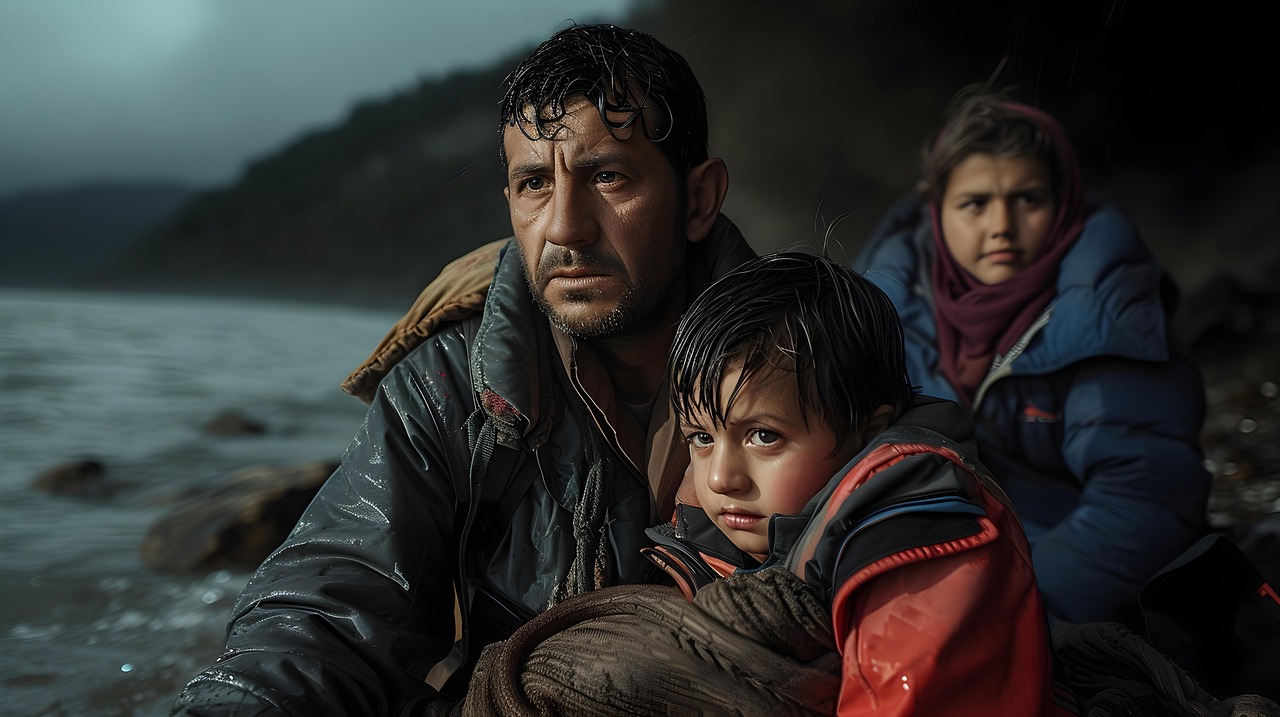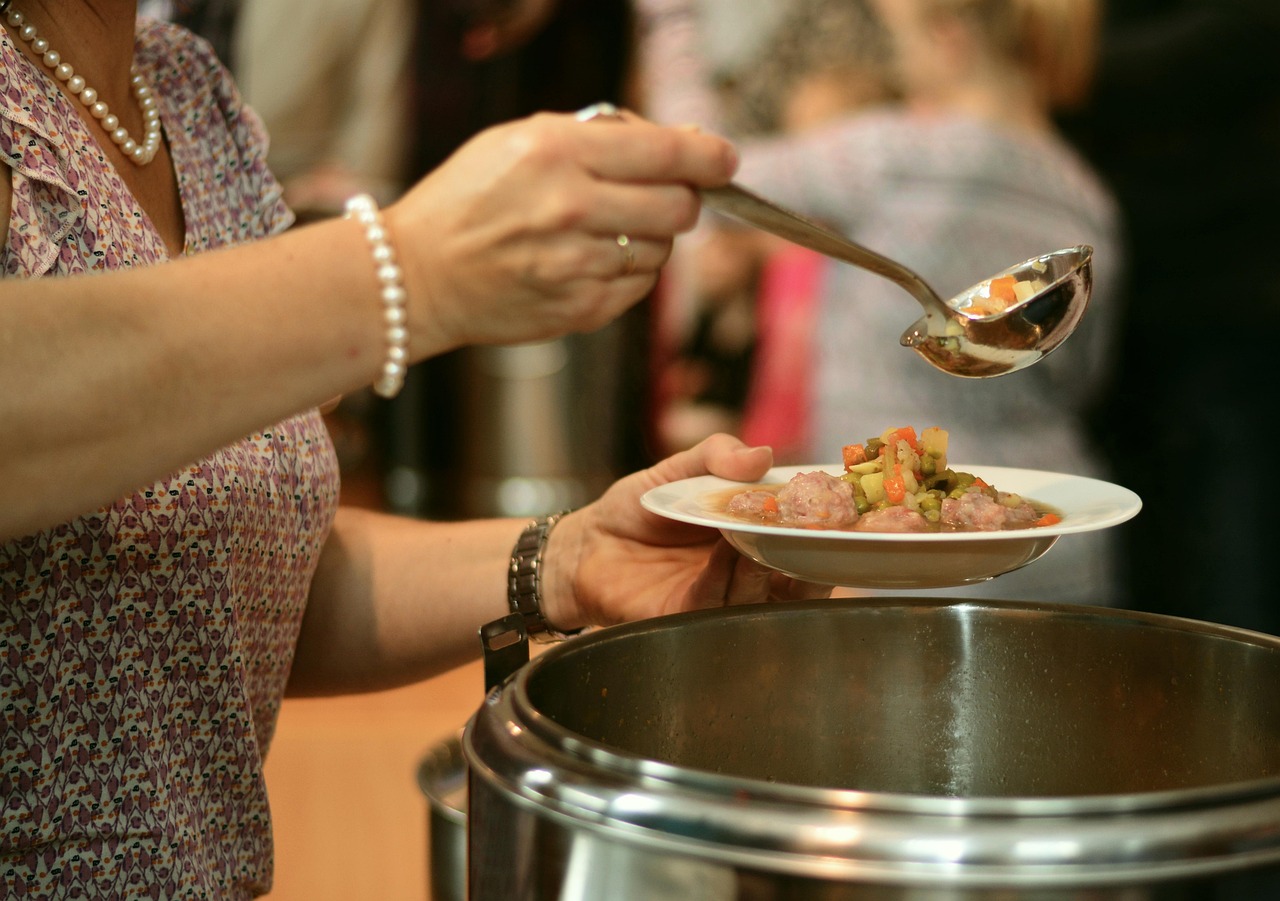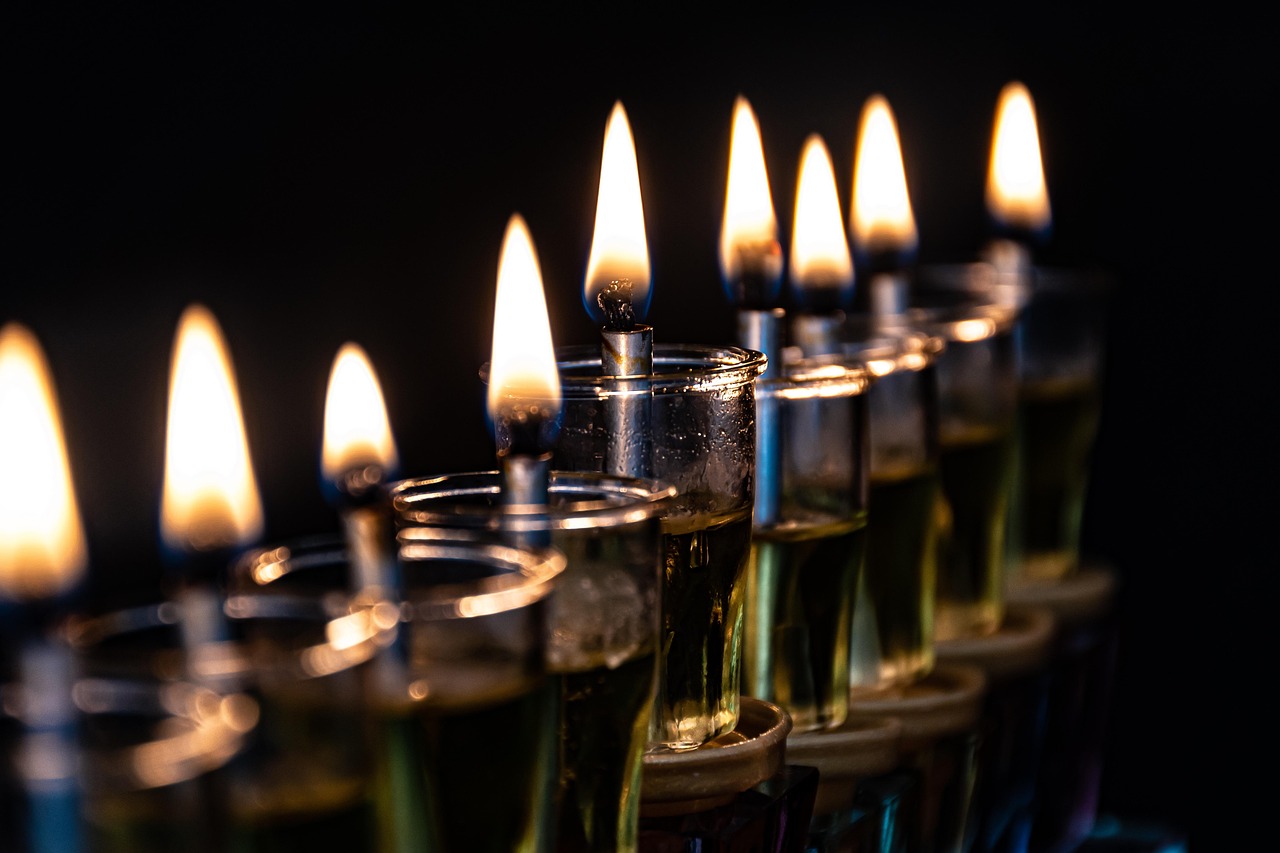Intention and Study
הִנְנִי מוּכָן וּמְזוּמָּן מוּכָנָה ומְזַמֶּנֶת לְקַיֵּם מִצְוַת הַכָּרָת רִבּוֹנוּת הָאָרֶץ לֶשֶׁם יִחוּד.
Here we are, ready and prepared to acknowledge the sovereignty of the land as we are commanded for the sake of unification.1
כָּכַּתוּב:
וּנְטַעְתִּים, עַל–אַדְמָתָם; וְלֹא יִנָּתְשׁוּ עוֹד, מֵעַל אַדְמָתָם אֲשֶׁר נָתַתִּי לָהֶם—אָמַר, יְהוָה אֱלֹהֶיך(עָמוֹס ט:טו).
וְהָאָרֶץ, לֹא תִמָּכֵר לִצְמִתֻת—כִּי–לִי, הָאָרֶץ: כִּי–גֵרִים וְתוֹשָׁבִים אַתֶּם, עִמָּדִ (וַיִּקְרָא כה:כג).
As it is written:
God said I will plant them on their land and they will no longer be removed from their land which I gave them. (Amos 9:15).
The land shall not be sold permanently because the land is Mine, since you are all immigrants and resident-settlers according to Me (Leviticus 25:23).
Land Acknowledgment – הַכָּרָת רִבּוֹנוּת הָאָרֶץ
This land is the traditional territory and sacred land of many nations including:
the Mississaugas of the Credit, the Anishnabeg, the Chippewa, the Haudenosaunee and the Wendat peoples. It is now home to many diverse First Nations, Inuit and Métis peoples. We acknowledge that Toronto is covered by Treaty 13 with the Mississaugas of the Credit and the Williams Treaties signed with multiple Mississaugas and Chippewa bands. This territory was the subject of the Dish With One Spoon Wampum Belt Covenant, an agreement between the Anishinaabe, Mississaugas and Haudenosaunee to peaceably share and care for the resources around the Great Lakes.2
Though we as Jews have also suffered from land displacement and cultural displacement, we acknowledge the ways in which we, as non-indigenous people in this land, have benefited from colonialism, former and ongoing, which has hurt and oppressed First Nations peoples. We ask for their forgiveness.3
We are ready and prepared to take action to promote a just Reconciliation.
1 The phrase “for the sake of unification” comes from the kabbalistic formulation of intention originated by Rabbi Isaac Luria in the 16th century. The traditional formulation of “I am ready and prepared” is for intention that precedes action, and so is appropriate here, since a land acknowledgment is intended to spur us to concrete action.
2 Territories and treaties obtained from the interactive map at https://native-land.ca, which covers Indigenous lands globally. Find your location.
3 This is adapted from Shamirah Sarah Chandler’s land acknowledgment at the Parliament of World Religions, Toronto 2018.
Written for the Mendelsohn/Kalikow Family Haggadah 2020














One Response
Lovely. Thank you.